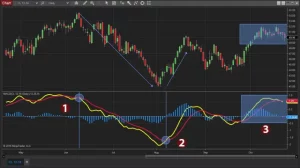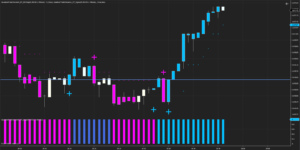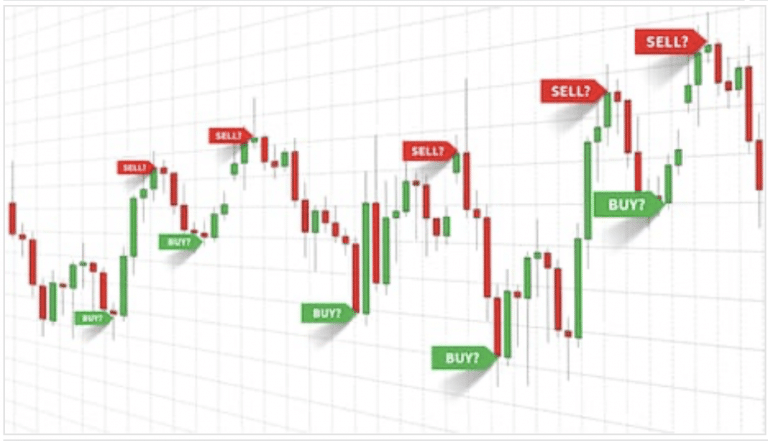The Essence of Day Trading Systems
Day trading stands out as a dynamic strategy for stock market engagement, emphasizing short-term trading positions held and liquidated within the same trading day. The allure of day trading lies in its potential for rapid financial growth, turning minimal starting capitals into considerable sums. This transformation is achievable through a disciplined approach to risk management, where the risk-to-reward ratio is meticulously calculated, allowing traders to minimize losses and capitalize on gains through repeated, well-timed trades.
Leveraging Advanced Trading Software
In the digital age, the efficacy of a day trading system is significantly enhanced by sophisticated trading software. Platforms like Quantum TradeSteam AI DT exemplify the cutting-edge technology that adapts to various time frames, ensuring that traders can adjust their strategies based on short-term fluctuations or longer-term trends. This adaptability is crucial for navigating different market segments, including forex, equities, and futures, with precision.
The Integral Role of Trading Indicators
Trading indicators form the backbone of many day trading systems. These tools provide valuable insights into market trends, volatility, and potential reversal points, guiding traders in making informed decisions. While some traders rely on a constellation of indicators, others might choose a more streamlined approach, focusing on a few key indicators like the MACD (Moving Average Convergence Divergence) and moving averages to guide their trades.

Diverse Approaches to Day Trading
The landscape of day trading systems is diverse, ranging from highly automated software solutions to more traditional, indicator-based strategies. This diversity underscores the flexibility of day trading as a practice, accommodating various levels of experience, risk tolerance, and market focus. Whether through AI-driven platforms that offer real-time analytics and trading signals or through manual setups on platforms like NinjaTrader, traders have a wide array of tools at their disposal to craft their unique approach to the markets.
Conclusion
The journey through the realm of day trading systems reveals a complex but rewarding strategy for stock market engagement. By harnessing the power of advanced trading software and indicators, traders can navigate the markets with greater confidence and precision. As with any investment strategy, success in day trading requires a blend of technical skill, market insight, and disciplined risk management. With the right system in place, traders can unlock the potential for significant financial growth, turning modest investments into substantial returns.







